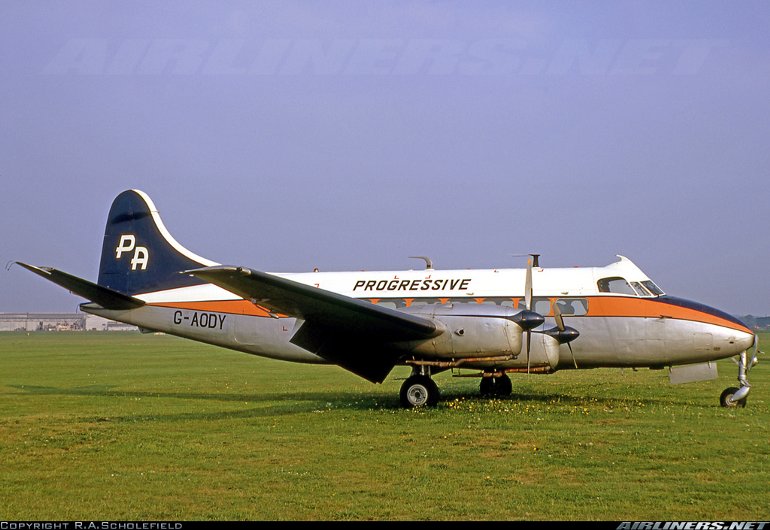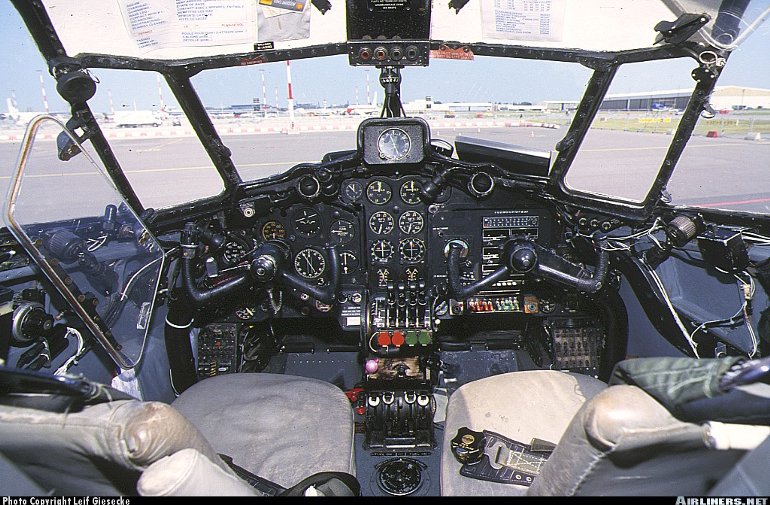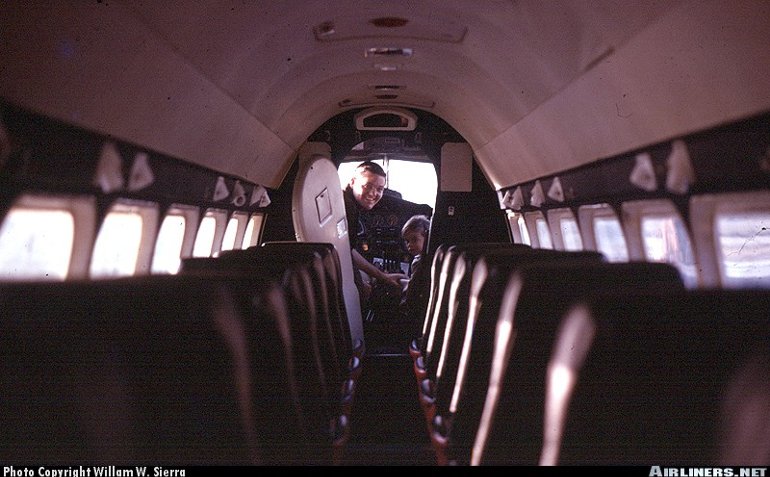Aircraft Technical Data
De Havilland DH.82 Tiger Moth



| Details | |
| Country of Origin | United Kingdom |
| Type | Two seat biplane light aircraft |
| History | One of the most famous biplanes in the world, the much loved Tiger Moth was produced in large numbers for WW2 service as a basic pilot trainer, and today is a highly sought after private aircraft. <p>The DH.82 Tiger Moth is a development of de Havilland's successful and famous Moth line of biplanes. Based on the DH.60T Moth Trainer, the Tiger Moth first flew on October 26 1931. Like the earlier Moth and Gipsy Moth the new aircraft was a two place biplane and featured a Gipsy Major engine and wooden and metal construction. Difficulty bailing out in an emergency was a problem with the earlier aircraft, and this was addressed through repositioning the struts forward of the front cockpit. To counter centre of gravity problems that would have resulted, the wings were given a modest sweepback angle. The DH.82 attracted the interest of Britain's Royal Air Force, and the first of what would ultimately be several thousand Tiger Moths entered service with the RAF in 1932. Initial production DH.82s were powered by 80kW (120hp) engines, while the DH.82A introduced in 1937 featured a 97kW (130hp) engine, and was the most produced version. Most prewar production was against military orders, although some civil machines were built. <p>As Britain's standard basic pilot training aircraft, production of the Tiger Moth increased greatly during WW2, and some 4000 were built in the UK. During the war large numbers were also built in Canada (as the DH.82C with a Gipsy Major IC or 120kW/160hp Pirate D.4 engine), Australia and New Zealand. <p>Postwar, surplus military Tiger Moths proved extremely popular with private owners. Many examples were converted for agricultural work, particularly in Australia and New Zealand, while small numbers of the four seat Jackaroo conversion were built from 1957. <p>Today the Tiger Moth remains very popular, and in some countries the Tiger Moth populations are in fact growing as retired machines are restored and returned to the air |
| Powerplants | DH.82A - One 95kW (130hp) de Havilland Gipsy Major 1 inline and inverted four cylinder piston engine driving a fixed pitch two blade wooden propeller. |
| Performance | DH.82A - Max speed 175km/h (95kt), max cruising speed 160km/h (87kt), economical cruising speed 145km/h (78kt). Initial rate of climb 673ft/min. Service ceiling 13,600ft. Range with max fuel 459km (248nm). |
| Weights | DH.82A - Empty 506kg (1115lb), max takeoff 828kg (1825lb). |
| Dimensions | Wing span 8.94m (29ft 4in), length 7.29m (23ft 11in), height 2.70m (8ft 10in). Wing area 22.2m2 (239sq ft) |
| Capacity | Seating for two in tandem open cockpits. Flown solo from rear cockpit due to weight and balance considerations. |
| Production | 8492 Tiger Moths built, including 5161 in the UK (including 1153 prewar), 1747 in Canada, 1085 in Australia, 345 in New Zealand, 91 in Portugal, 37 in Norway and 23 in Sweden. |
| Related Links | De Havilland DH.82 Tiger Moth |
The backbone of this section is from the The International Directory of Civil Aircraft by Gerard Frawley and used with permission. To get your own copy of the book click here. |
|








